EVA vs ETPU – Shoe Midsole Materials
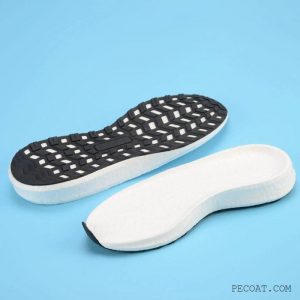
The Function of Shoe Midsole
A typical sports shoe is divided into three parts: the upper, midsole, and outsole. The midsole provides cushioning and rebound, absorbs the impact generated during exercise, provides protection, and a gentle and comfortable foot feel. It can be said that the midsole is the soul of sports running shoes, and the material and foaming technology of the midsole are the signs that distinguish the core technology of major brands.
What is the difference between EVA and ETPU, the two materials used for shoe midsoles?
EVA: The Backbone of Shoe Materials
The chemical name of EVA is Ethylene Vinyl Acetate Copolymer, which is copolymerized by ethylene and vinyl acetate. Generally, the content of vinyl acetate (VA) is between 5% and 40%. Compared with polyethylene (PE), EVA introduces vinyl acetate monomer into the molecular chain, which reduces the high crystallinity and improves toughness, impact resistance, filler compatibility, and heat sealing performance. Therefore, it is widely used in foamed shoe materials, functional greenhouse films, packaging molds, hot melt adhesives, wires and cables, and toys. Especially in the footwear industry, EVA is applied to the soles and interior materials of mid-to-high-end travel shoes, hiking shoes, slippers, and sandals.
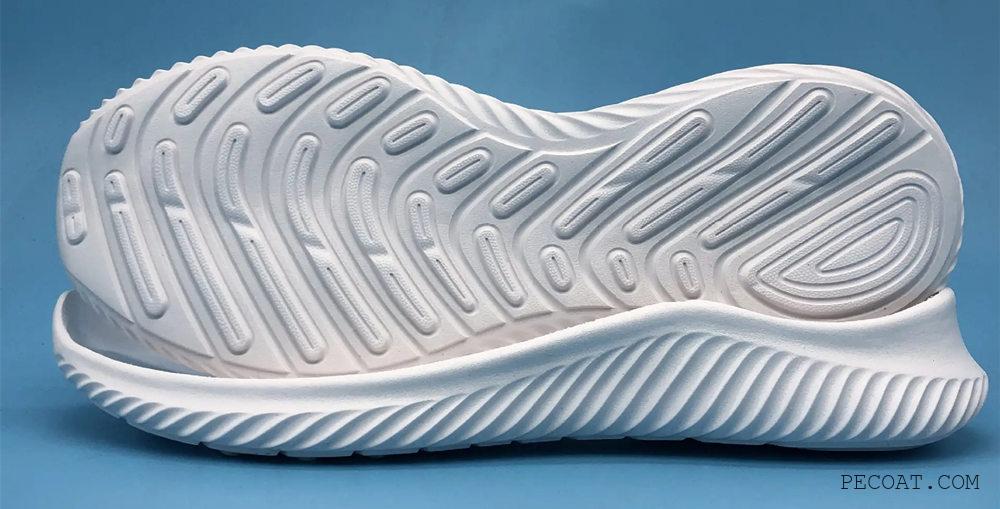
EVA Performance and Price
In terms of technology, EVA is generally chemically foamed in mold in the footwear industry. EVA granules are placed in the mold and then subjected to high temperature and high pressure to foam. Foaming EVA can make the sole lighter, and the EVA resin with certain elasticity gives the sole a proper cushioning function, making EVA foamed shoe materials suitable for most casual shoes and jogging shoes. The rebound elasticity of foamed EVA can generally be increased to 50-55%, or even higher.

EVA blended foamed products are widely used as sole and interior materials for mid-to-high-end tourist shoes, hiking shoes, slippers, and sandals. Due to the price advantage of EVA foamed materials, it will remain the main material choice for mass sports shoes for a long time in the future.
ETPU: Revolutionary Foamed Shoe Material
Significant Benefits of TPU
TPU, short for thermoplastic polyurethane elastomer, is a segmented copolymer composed of diisocyanate, chain extender, and polyol. The soft segment composed of polyol exhibits flexibility and toughness, while the diisocyanate acts as the hard segment, giving the material hardness and rigidity. After the hard segment crystallizes as a physical cross-linking point, TPU exhibits high elasticity. Therefore, TPU has significant advantages such as high tensile strength, large elongation at break, and low long-term compression permanent deformation rate.
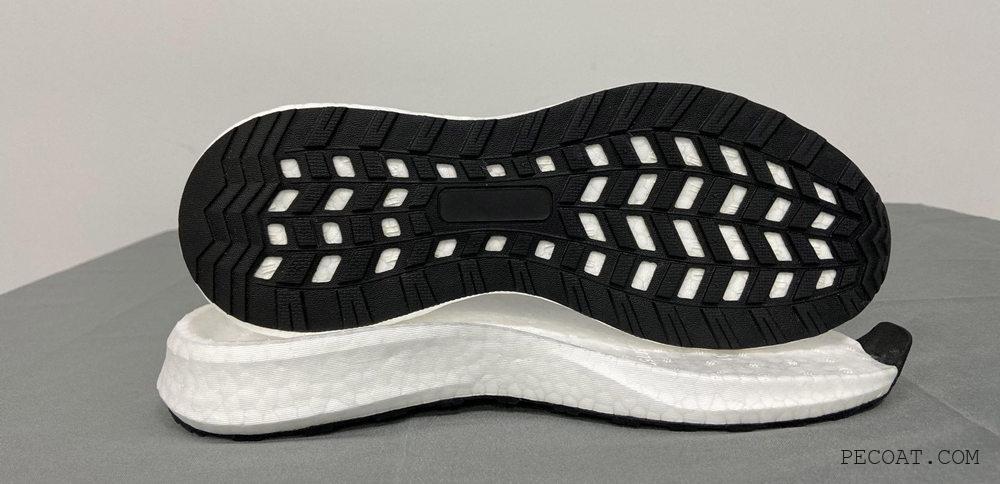
ETPU More Excellent Performance
In terms of manufacturing process, physical foaming is used for the midsole of ETPU, which is environmentally friendly and recyclable without any odor compared to the chemical foaming of EVA. After molding, it presents a popcorn-like structure with excellent resilience and deformation recovery, as well as wear resistance and anti-slip performance far superior to traditional EVA materials. The foamed TPU, or ETPU, has a rebound value of up to 60%, significantly higher than that of EVA. This means that when the shoe hits the ground and bounces back, the sole rebounds with greater force, effectively reducing muscle fatigue and minimizing muscle tremors, allowing you to run farther with full power.

ETPU Price
However, ETPU is more expensive than EVA, which has deterred some manufacturers, and there are certain difficulties in process innovation. But these are temporary obstacles. Many manufacturers have attempted to bring ETPU materials to a wider range of downstream applications. For example, a successful commercial application is ETPU plastic track. In recent years, more commercial applications have appeared in our field of vision, such as ETPU bicycle seats, sports protective pads, ETPU children’s crawling mats, bicycle helmet padding, car seat padding, and so on.
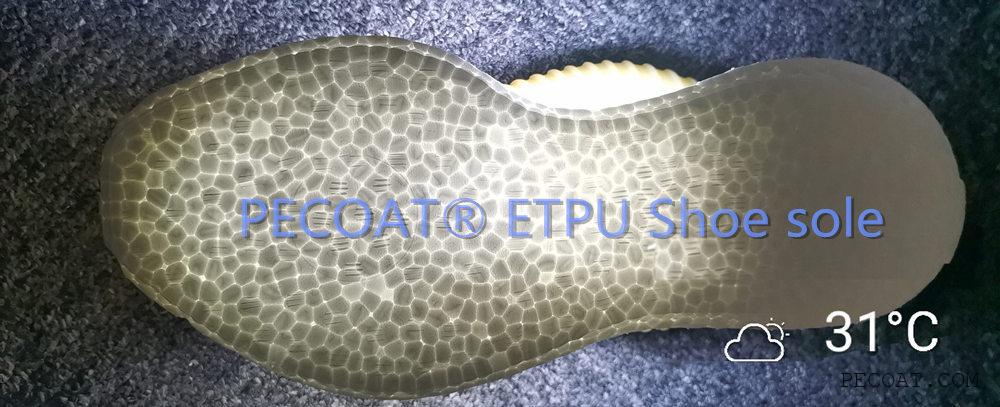
Overall, ETPU is more expensive than EVA and is difficult to separate from the Adidas label effect. However, ETPU is much better than EVA in terms of rebound ability, deformation recovery, wear resistance, and anti-slip performance. Most importantly, ETPU conforms to the trend of green environmental protection. Therefore, when choosing materials for good shoe midsoles, factors such as appearance, softness, and comfort of the shoes must also be considered, and the high price of shoes is understandable.

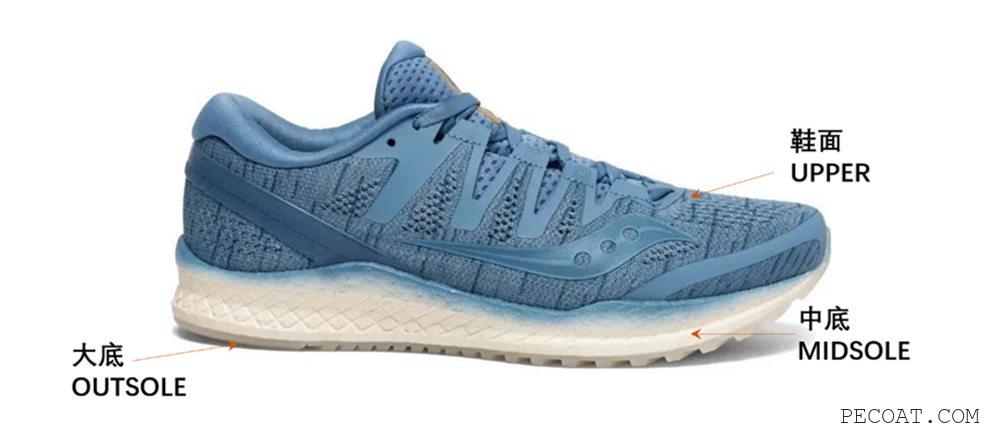
Please tell me more about your excellent articles